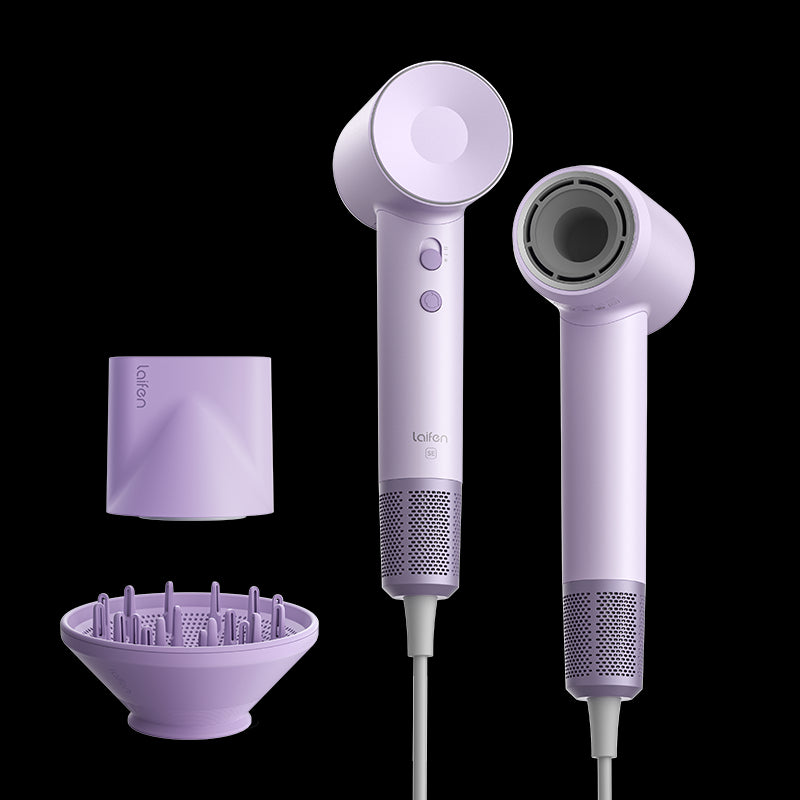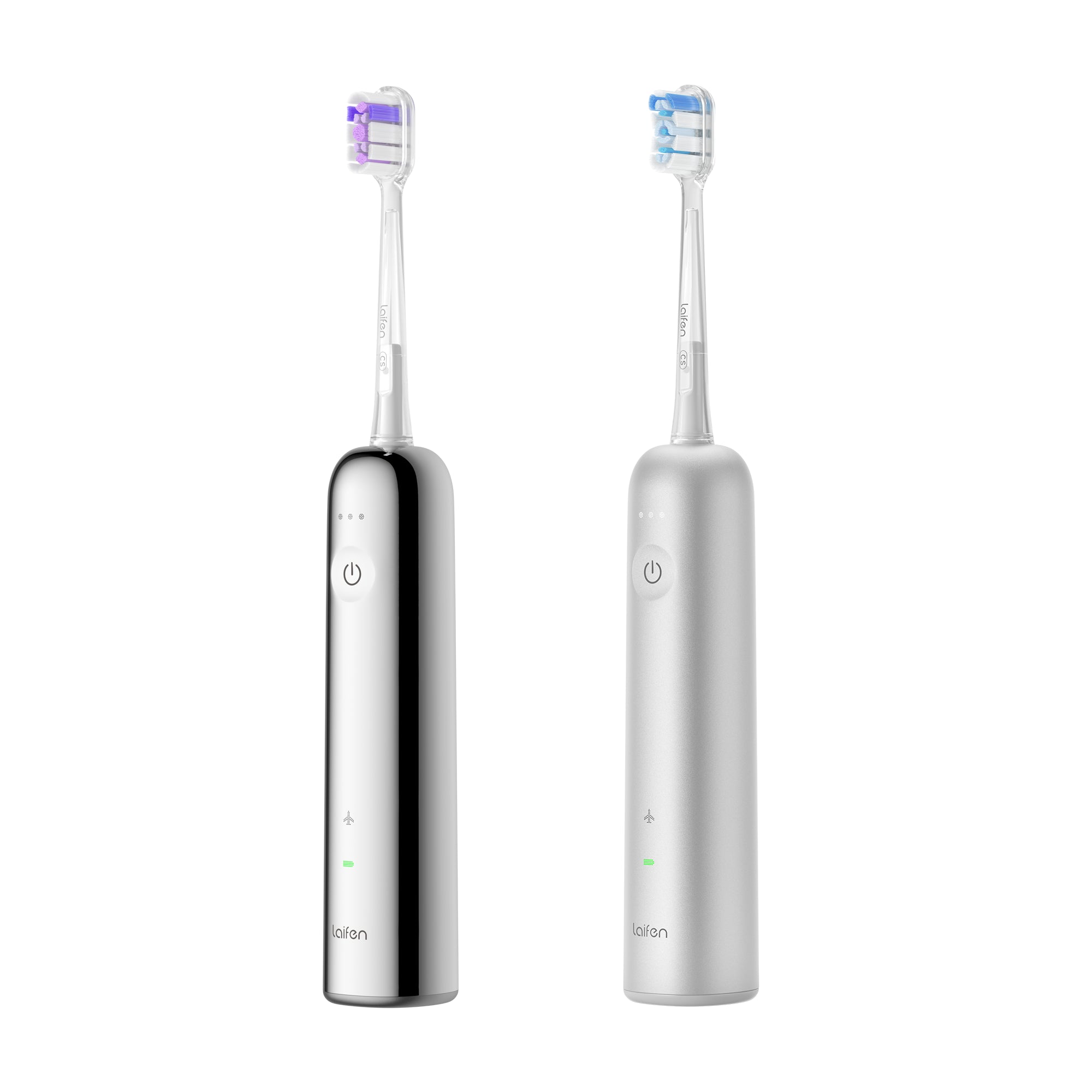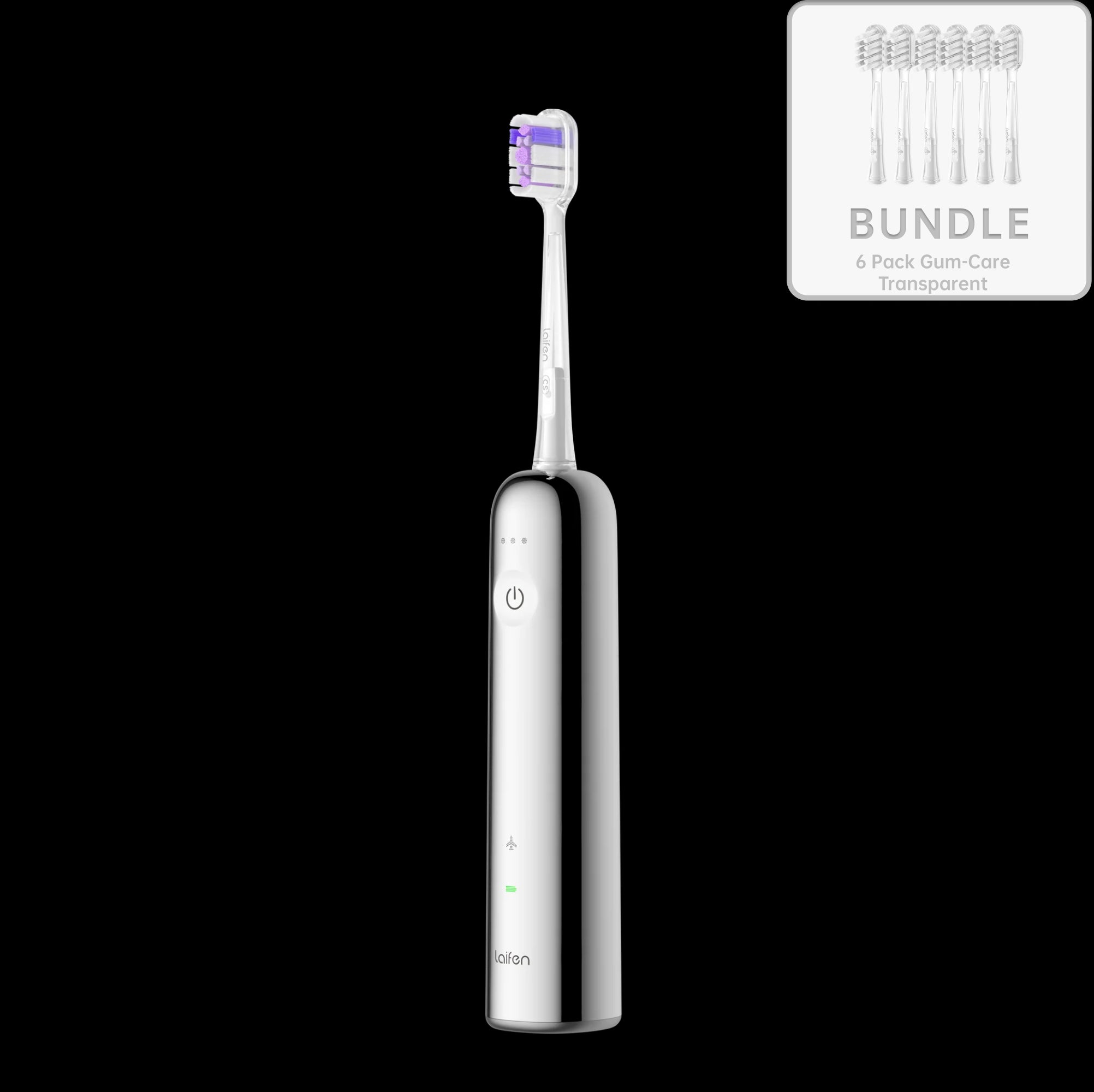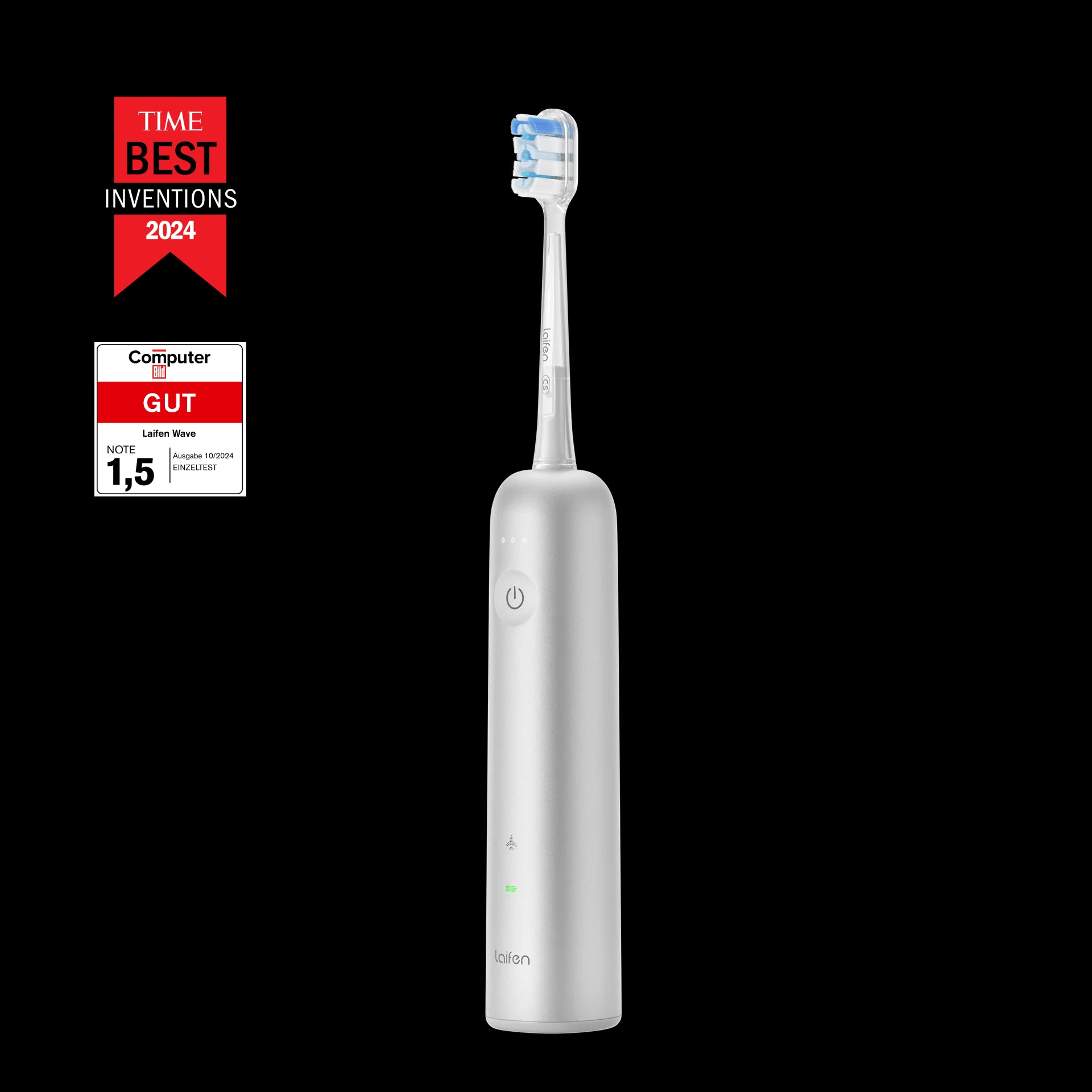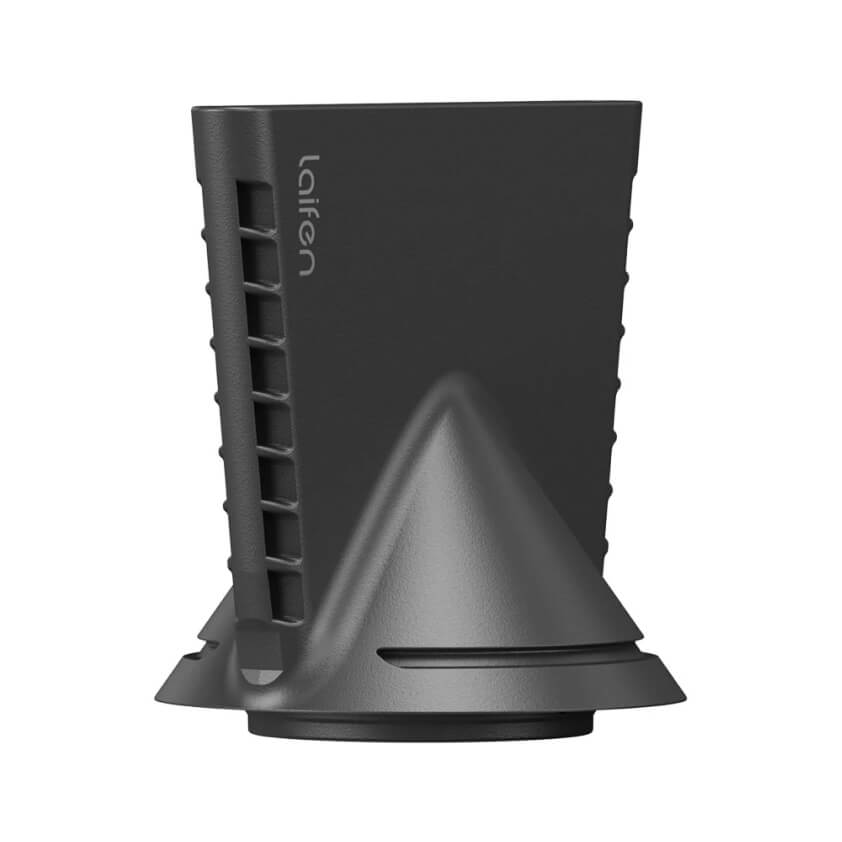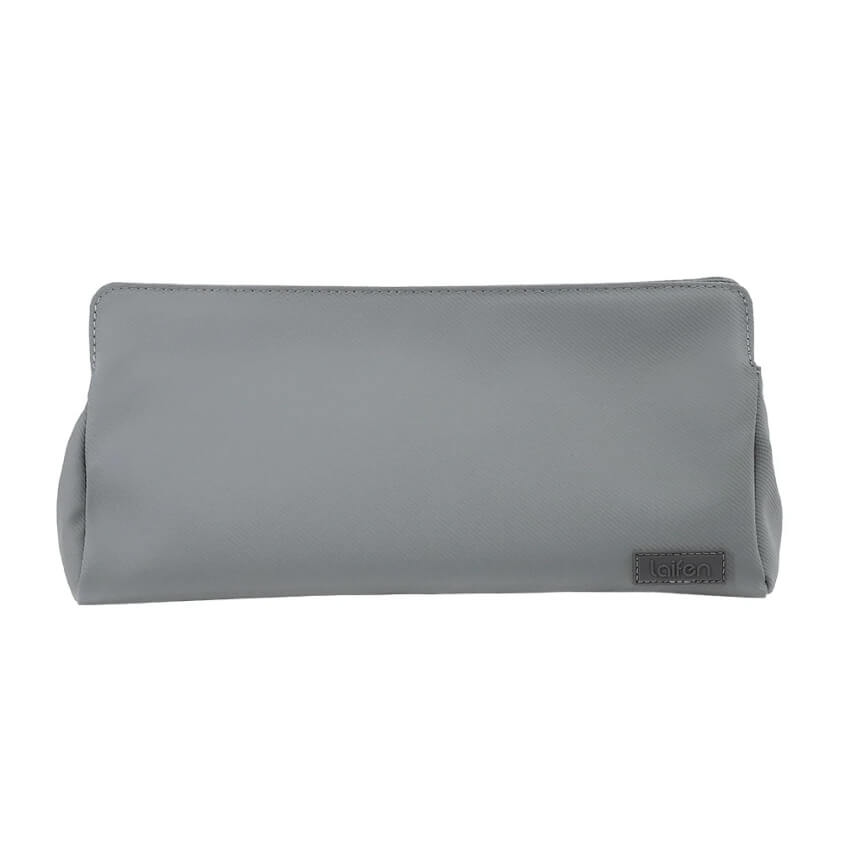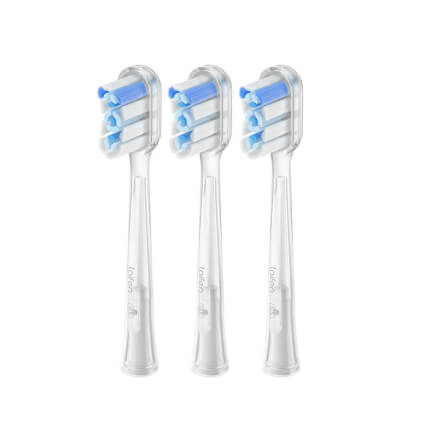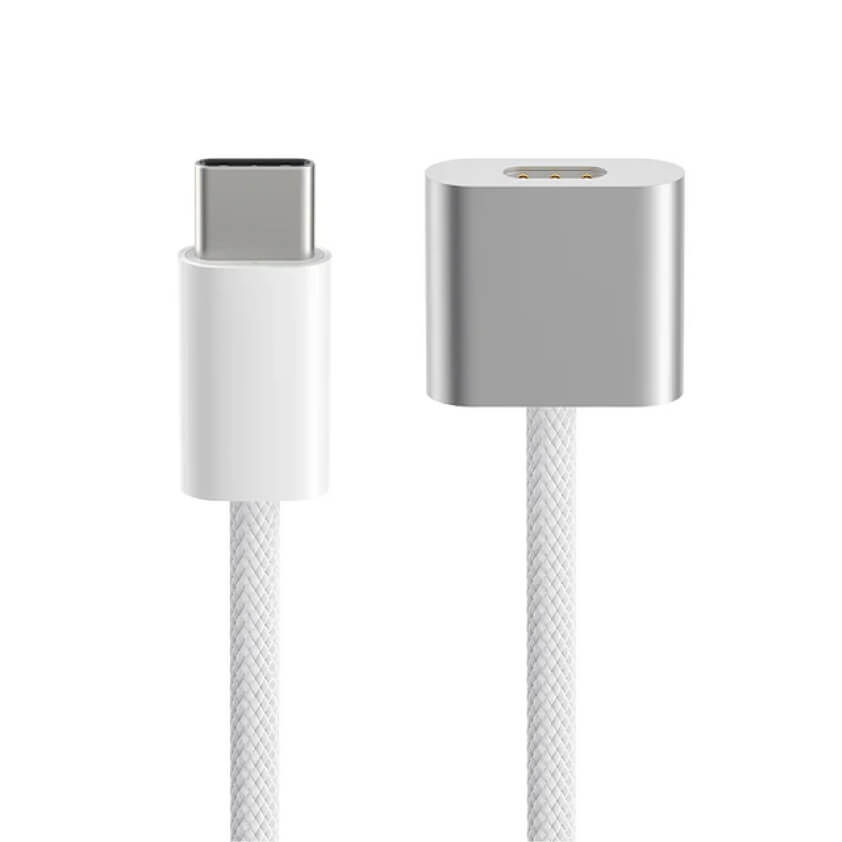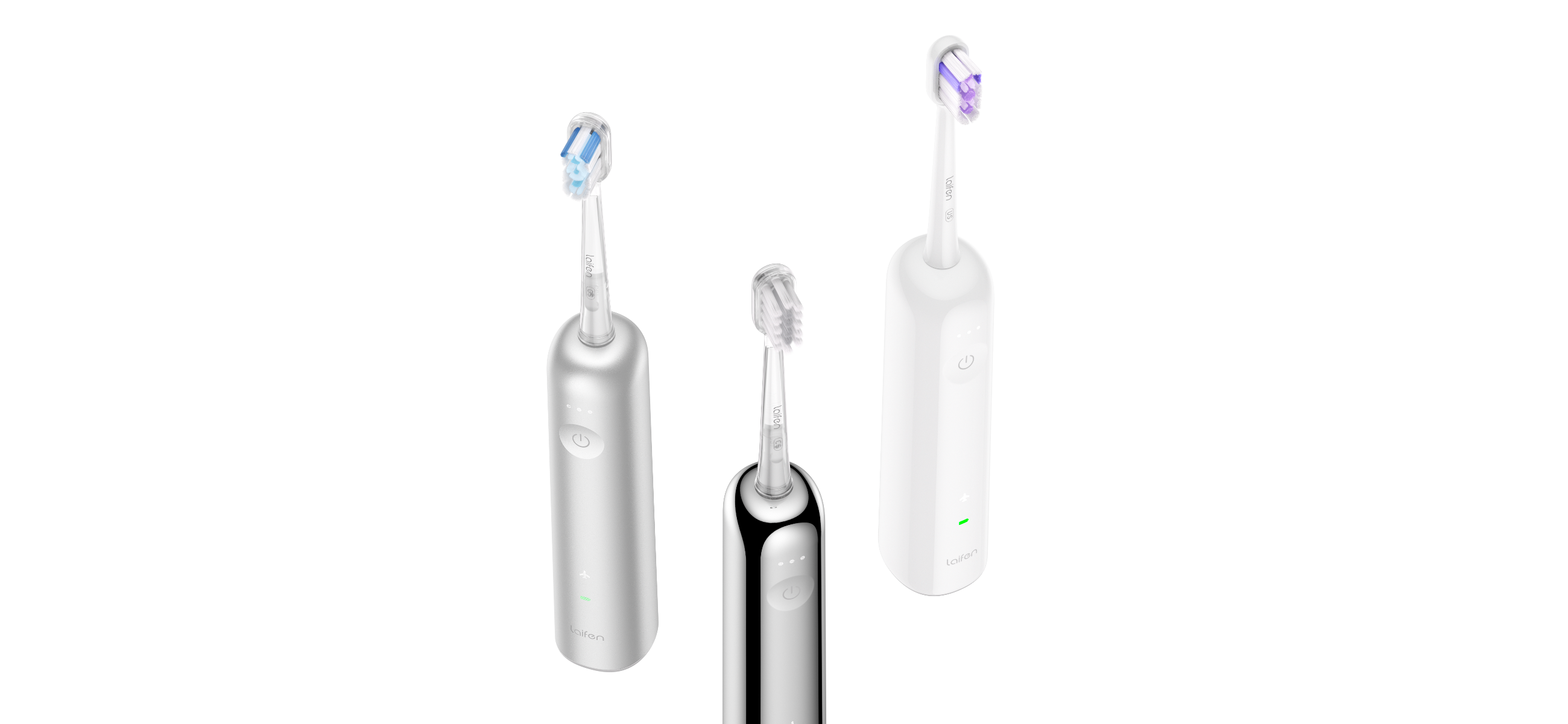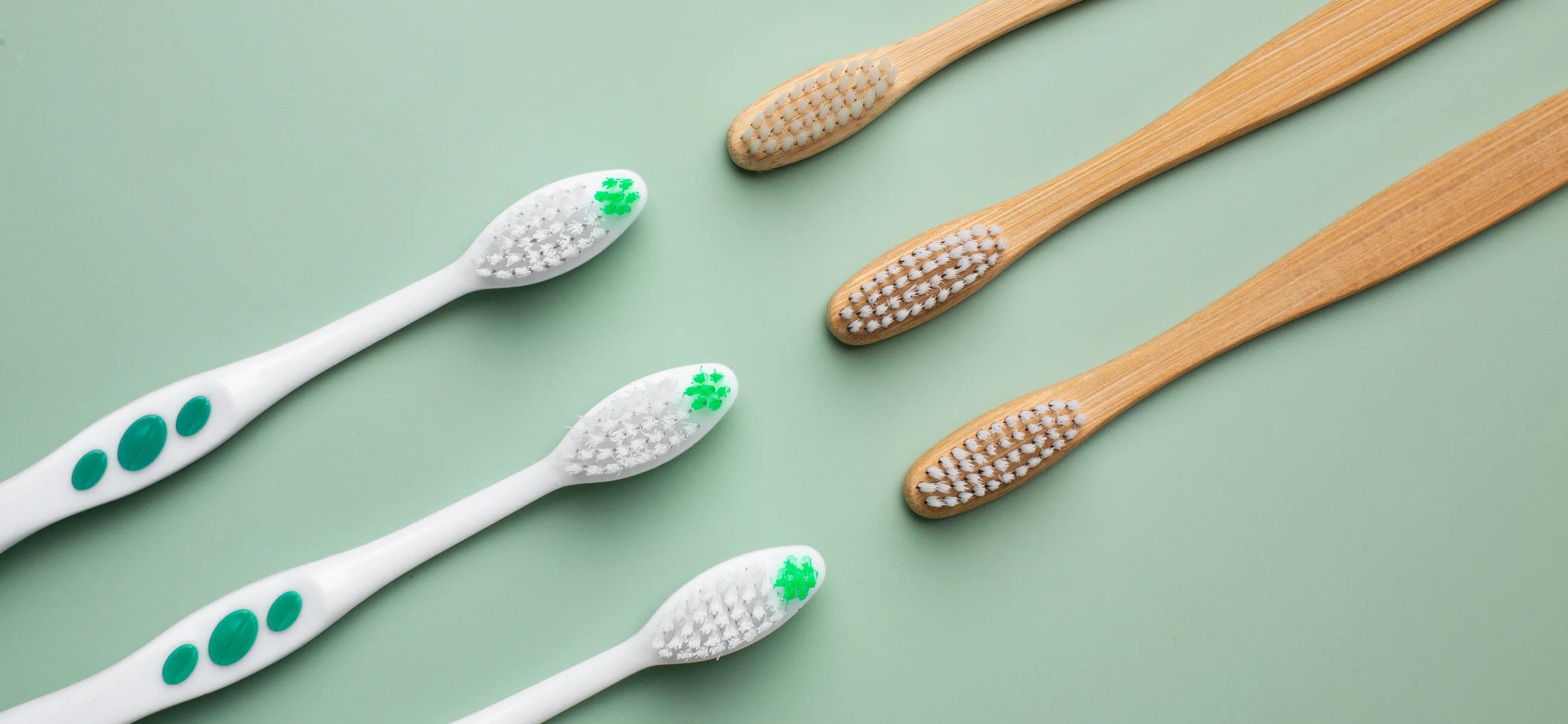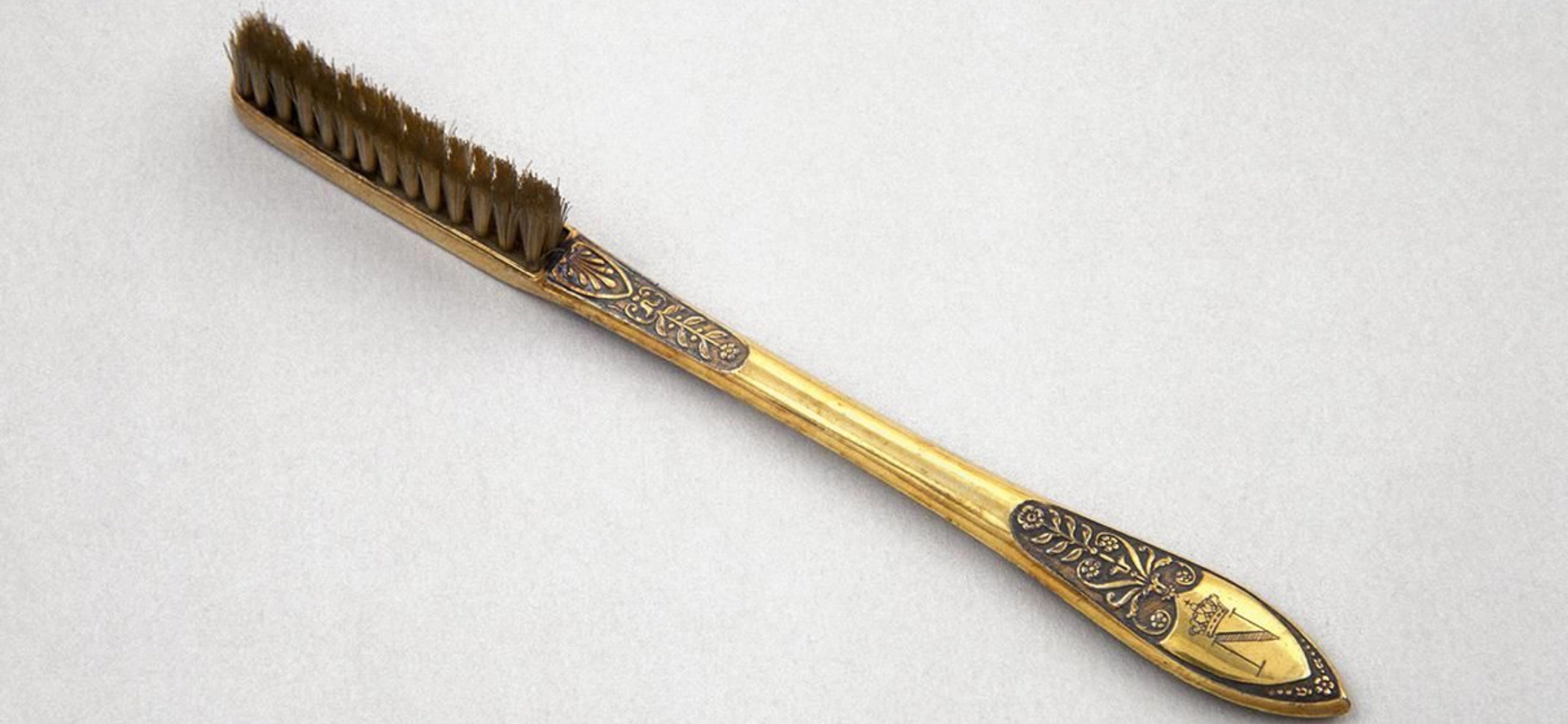
In this article
Let’s rewind to the OG days of tooth cleaning, back when folks didn’t have the luxury of a CVS dental aisle. The first “toothbrush” wasn’t even a brush, it was a chew stick, basically a fancy twig with one frayed end for scrubbing and the other for picking
Ancient Egyptians, Chinese, and Babylonians were all in on this DIY dental hack. Fast forward to 1498, when the Chinese invented a legit toothbrush using hog bristles (yes, from actual pigs!) stuck into bamboo or bone handles. When it crossed over to Europe, people were split: some were all-in, while others were like, “No thanks, I’ll keep rubbing my teeth with a rag and salt.”
For those skipping the whole routine? Let’s just say, morning breath was probably a full-blown weapon back then. It wasn’t until much later that dentists made brushing a non-negotiable, and the modern toothbrush became a staple in every bathroom.
Who invented the toothbrush?
The first real toothbrush, as we know it, popped up in China around 1498. Some brilliant mind decided to attach hog bristles to a bamboo or bone handle and thus create a scrubber that actually looked like, well, a brush!
But fast forward to the late 1700s, and we meet William Addis, an Englishman who’s often credited with modernizing the design. Legend has it, he got the idea while sitting in jail (talk about making the most of your time!). He drilled holes into a bone, stuffed in some boar hair, and voilà—instant oral hygiene revolution.
When was a toothbrush invented?
When the first toothbrush invented? The first crude version showed up over 5,000 years ago, when ancient Egyptians and Babylonians reached for chew sticks to scrape the gunk off their teeth. Fast forward to 1498, and the Chinese leveled up the game by creating the first bristle toothbrush. They used hog hair for bristles and either bamboo or bone for the handle—talk about a DIY project with a bite.
Milestones of toothbrush
Here’s how we got from twigs to tech:
The twig days (3000 BCE)
Ancient Egyptians and Babylonians scrubbing their teeth with chew sticks, basically nature’s version of a toothbrush. They’d chew on one end until it frayed into tiny bristles. Primitive? Sure. Effective? Surprisingly, yes.
Hog hair hustle (1498)
Fast forward to 1498 China, where someone thought, “What if we used hog bristles and stuck them on a handle?” Thus, the first bristle toothbrush was born. It wasn’t exactly soft or luxurious, but hey, progress is progress.
Jailhouse innovation (1780)
Enter William Addis, a guy who turned jail time into genius. Using a bone from his dinner and some bristles, he whipped up a prototype that would later become the world’s first commercially produced toothbrush. Talk about making the most of a bad situation.
Nylon nirvana (1938)
Goodbye, hog hair; hello, nylon bristles! This was a game-changer, courtesy of DuPont. Suddenly, brushing was gentler, cleaner, and less like scrubbing your teeth with a porcupine.
Electric dreamin’ (1960s)
The swinging ’60s weren’t just about groovy tunes when they gave us the first electric toothbrush. It promised a powerful clean and became an instant hit for those who wanted their teeth brushed for them.
Sonic boom (1990s)
By the ’90s, brushing hit warp speed with sonic technology. These brushes vibrate at thousands of times per minute. They give your teeth and gums a spa treatment in record time.
Smart brushing era (2010s-Today)
Now, we’re in the age of smart toothbrushes. They connect to your phone, track your brushing habits, and even coach you through your routine. They’re like a personal trainer for your teeth, minus the yelling.
How to choose a good toothbrush?

Picking the right toothbrush is like finding a coffee blend or the comfiest pair of sneakers: it’s gotta fit your style and do the job right.
1. Bristle type: Soft is king
You might think harder bristles mean a deeper clean, but nope! Those tough bristles can actually do more harm than good, scuffing up your enamel and irritating your gums. Soft bristles? They’re the MVPs because they are gentle yet effective, like cleaning your car with a microfiber towel instead of a steel brush.
2. Head size: Don’t go big
Bigger isn’t always better. A small to medium-sized head is perfect for maneuvering around those tight spots, like that stubborn molar way in the back. Think of it as picking the right tool for a detailed job.
3. Handle: Grip it and rip it
You’ll want a handle that feels comfy in your hand, whether it’s got rubber grips or a minimalist vibe. If it feels awkward or slippery, you’re less likely to use it properly. You’re brushing twice a day, so make it easy on yourself.
4. Manual vs. electric: Battle of the brushes
This one’s a personal choice. If you’re a traditionalist, a good ol’ manual toothbrush will get the job done just fine. But if you want to step into the future, go for an electric toothbrush. They’ve got fancy features like timers, multiple cleaning modes, and oscillating heads that make your two-minute brushing routine feel like a spa session for your teeth.
5. Check for the ADA seal
Look for that American Dental Association (ADA) seal on the packaging. It’s like a Michelin star for toothbrushes, proof that it’s legit and will keep your pearly whites in top shape.
Pro tip: Don’t keep it forever
Your toothbrush isn’t a family heirloom. Replace it every 3-4 months or sooner if the bristles look like a squirrel chewed on them. Fresh bristles = better clean.
The world's brilliant dual-action toothbrushes

If you're still brushing with that old manual toothbrush you picked up in a 3-pack on sale, it’s time for a serious upgrade. Let me introduce you to the Laifen Wave—the dual-action toothbrush that’s about to change the game and your brushing routine.
This isn’t your average “bristles on a stick” situation. The Laifen Wave combines dual-action power, high-frequency sonic vibrations plus a smooth 60° oscillating motion. Translation? It’s scrubbing away plaque and polishing your teeth like a pro.

Your teeth are as unique as your fingerprint. That’s why Laifen Wave comes with three different brush heads. No more guessing if you’ve brushed long enough. The built-in timer promises you hit that magical two-minute mark. And with its sonic vibrations, your teeth are getting a powerful, thorough clean that manual brushes could only dream of.


